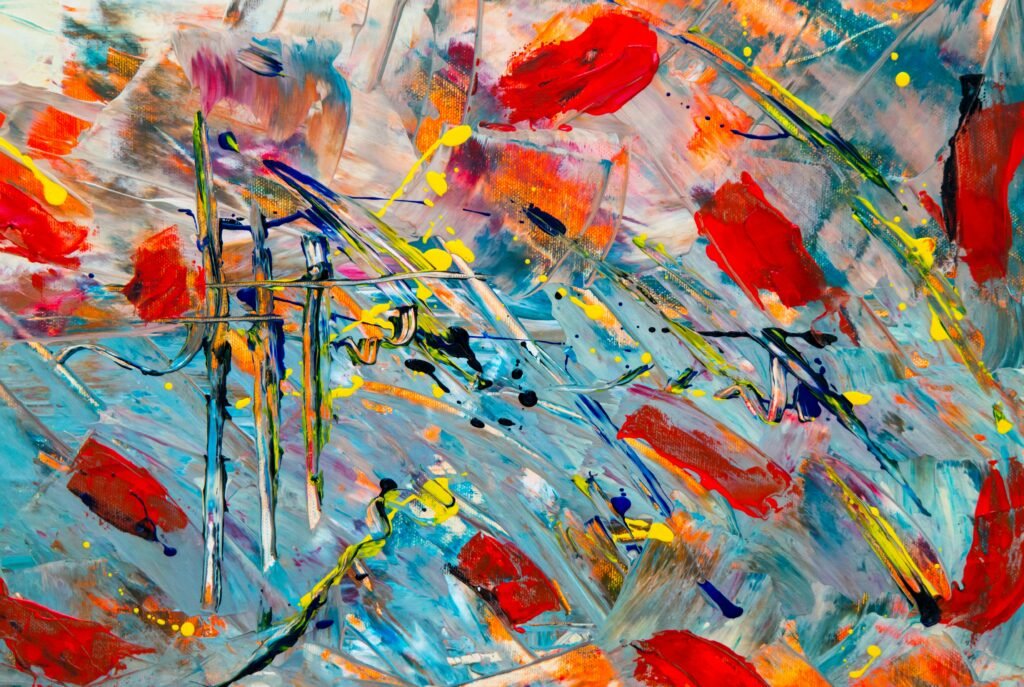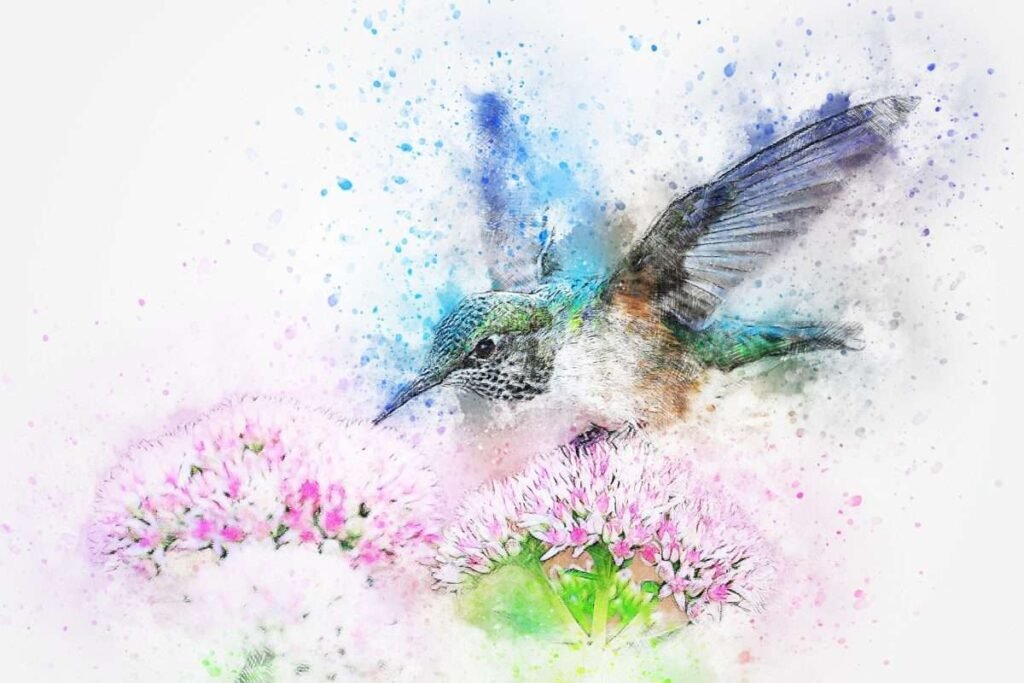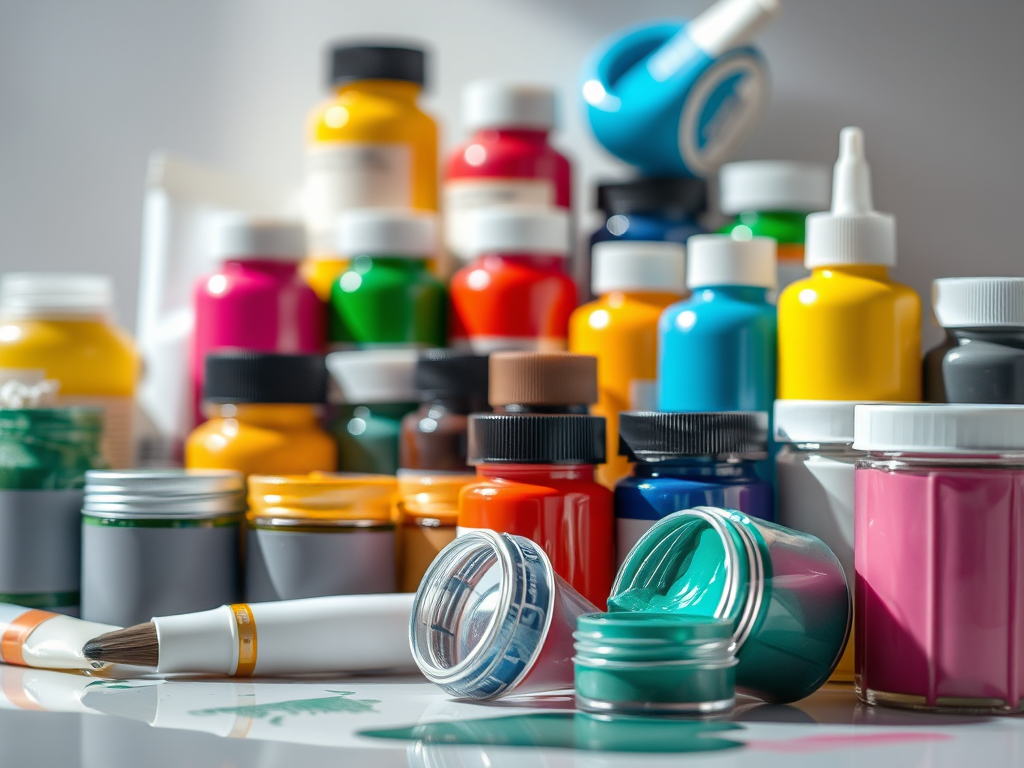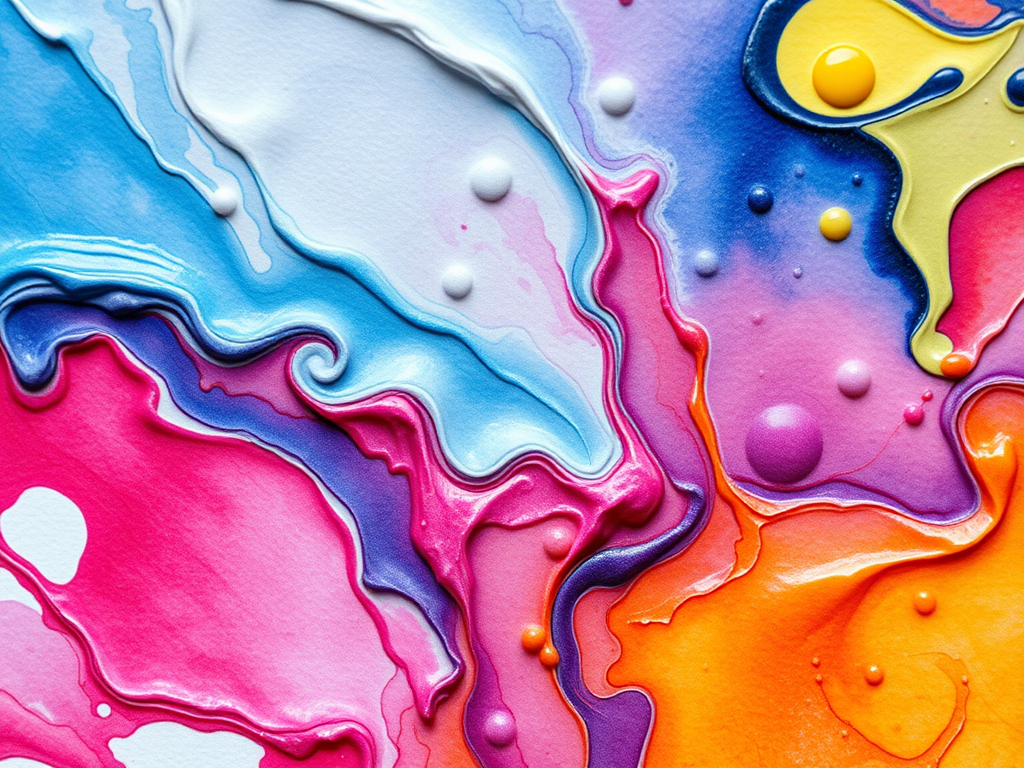

When it comes to painting, choosing the right medium can significantly impact your creative process and the final result. Two of the most popular painting mediums are acrylics and watercolors. Each has unique characteristics, advantages, and challenges. This blog will explore the differences between acrylics and watercolors, their pros and cons, and help you determine which is best suited for your artistic needs.
Understanding Acrylics and Watercolors
Acrylic Paint

Acrylic paint is a fast-drying, versatile medium made from pigment suspended in an acrylic polymer emulsion. It is water-soluble when wet but becomes water-resistant once dry, making it a durable choice for various surfaces.
Watercolor Paint

Watercolor paint consists of pigments suspended in a water-based solution. It is known for its transparency and delicate, fluid effects, requiring water to activate and apply.
Importance of Choosing the Right Medium
Selecting the appropriate medium can influence your artistic expression, workflow, and the durability of your artwork. Whether you prefer bold, textured layers or soft, ethereal washes, understanding these mediums’ strengths and weaknesses will help you make an informed decision.
Characteristics, Pros, and Cons
Acrylic Paint
Characteristics:
- Fast-drying
- Opaque and vibrant colors
- Can be used on various surfaces (canvas, wood, paper, etc.)
- Can mimic the effects of oils or watercolors when diluted
- Water-resistant when dry
Pros:
✅ Highly versatile – Can be used for both fine art and decorative painting
✅ Dries quickly – Reduces waiting time between layers
✅ Durable – Resistant to water and fading
✅ Easy to layer and correct mistakes
✅ Works on multiple surfaces, including wood, fabric, and plastic
Cons:
❌ Dries quickly – Can be challenging to blend and adjust colors
❌ Harder to remove – Once dry, it is difficult to correct mistakes
❌ Can be harsh on brushes if not cleaned properly
Watercolor Paint
Characteristics:
- Water-based and transparent
- Requires special watercolor paper
- Allows for smooth color transitions and layering
- Dries lighter than it appears when wet
- Easily reactivated with water
Pros:
✅ Creates soft, luminous effects
✅ Easy to blend and layer
✅ Portable and requires minimal setup
✅ Can be used for detailed and expressive works
✅ Mistakes can often be corrected with water
Cons:
❌ Requires specific watercolor paper for best results
❌ Less forgiving – Hard to cover mistakes once dry
❌ Colors dry lighter, which can make color matching tricky
❌ Can be challenging to control water flow, especially for beginners
Which One Should You Choose?

The right choice depends on your artistic style, patience level, and creative goals.
- Choose Acrylics if: You prefer bold, textured, and long-lasting artworks that can be built up in layers and corrected easily.
- Choose Watercolors if: You enjoy fluid, delicate, and transparent effects with a sense of spontaneity and minimal setup.
Final Thoughts
Both acrylics and watercolors offer unique creative opportunities. Acrylics provide durability, vibrancy, and adaptability, making them great for bold and long-lasting art. Watercolors, on the other hand, offer a fluid, ethereal charm perfect for expressive and delicate paintings. Ultimately, experimenting with both can help you discover which aligns best with your artistic vision and workflow.
So, which one will you choose? Let us know in the comments below!
